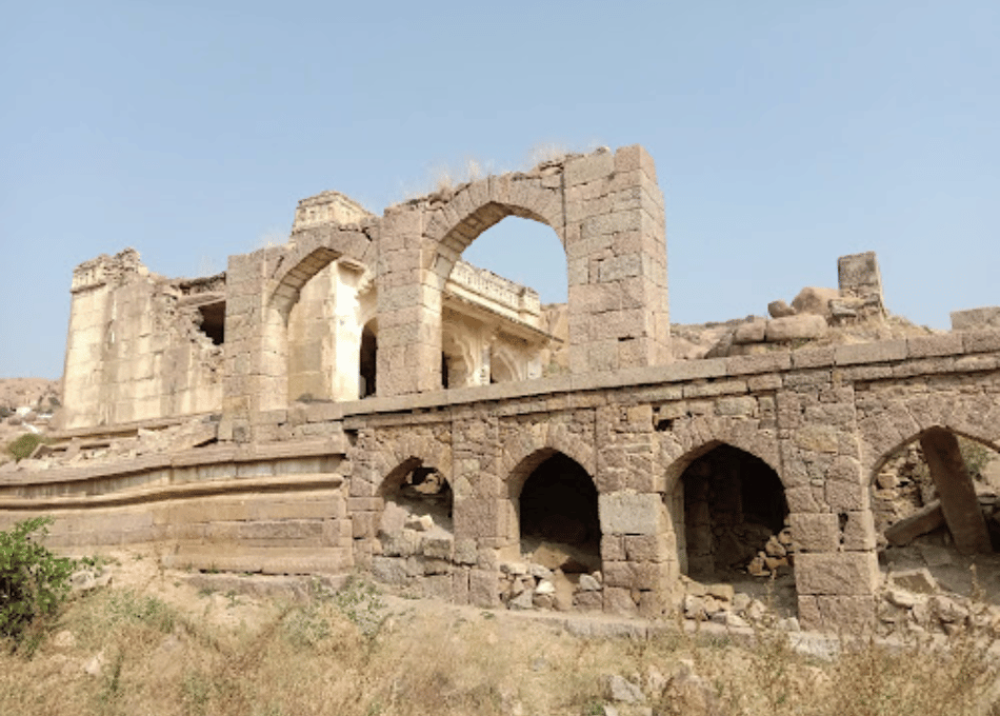

Adoni Fort, a grandeur of the past, stands in the Kurnool district of Andhra Pradesh, India, telling tales of bygone eras. Once the stronghold of various dynasties, this fort's history is closely intertwined with the region's historical narrative, serving as a witness to numerous power struggles, conquests, and political shifts.
The origins of the Adoni Fort date back to the Vijayanagar Empire during the 15th century. After the collapse of the empire, Adoni witnessed a turbulent period, falling into the hands of the Bijapur Sultans, and later, it became an impenetrable citadel under the command of the mighty Deccan Sultanate.
During the 17th century, Adoni gained prominence under the rule of Siddi Masud, who served as the governor under the Bijapur Sultanate. He was responsible for a notable period of development, including the construction of various historical structures within the fort complex. Following the decline of the Bijapur Sultanate, the fort fell to the Marathas and subsequently to the hands of the Nizams of Hyderabad, reflecting a rich tapestry of different cultures and architectural styles.
Despite its historical significance, Adoni Fort remained relatively obscure in the annals of Indian tourism for several years. However, this has changed significantly as the government of Andhra Pradesh and the Archaeological Survey of India began to recognize the fort’s potential as a heritage tourist destination.
Tourism at Adoni Fort has seen a gradual increase with efforts made towards its conservation and promotion. Visitors come to admire its sprawling ramparts, grand gateways, and the remnants of palaces and mosques that showcase the opulence of the fort's past rulers. The recent trend in heritage tourism has brought Adoni Fort into the spotlight, attracting history buffs, photographers, and cultural tourists.
The latest tourism trend surrounding the Adoni Fort is an immersive experience that combines historical exploration with local culture. Tourists can engage with the history of the site, participate in local festivals, and enjoy the culinary delights of Kurnool district. The government is also working on enhancing tourist facilities to create a comprehensive cultural experience.
Accessibility has improved, with better roads, and tourists can find ample information through updated signage and local tour guides. There is an increased focus on digital presence and social media promotion to target the younger demographics who seek offbeat and Instagram-worthy destinations.
In conclusion, Adoni Fort's history as a tourism destination has seen a remarkable trajectory - from a neglected monument to a symbol of Andhra Pradesh's rich cultural heritage. With a focus on sustainable tourism and heritage conservation, the fort is destined to become an even more popular spot for both domestic and international travelers in the years to come.